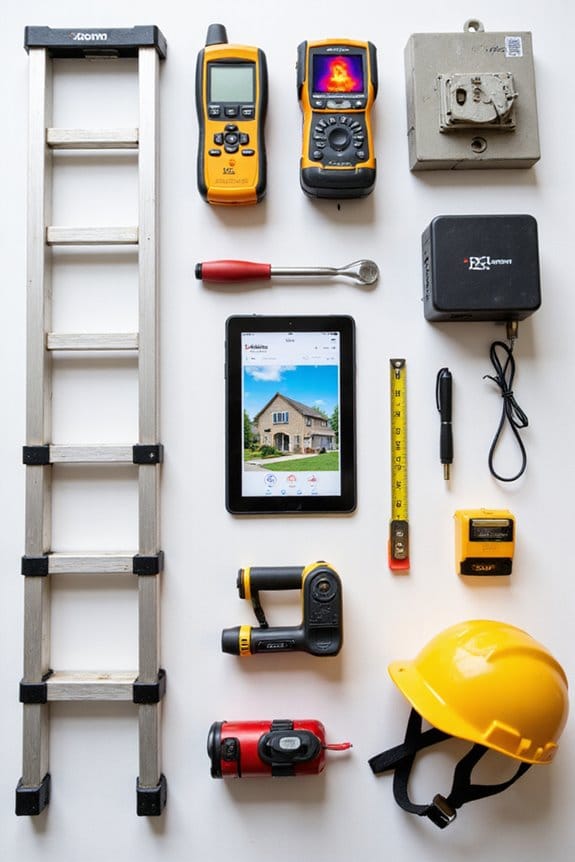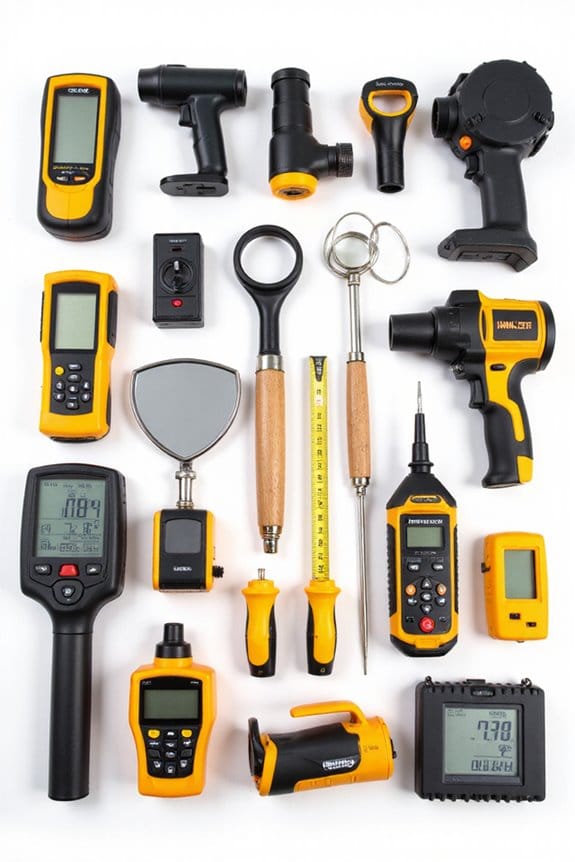Inspection reports should strike a balance between detail and clarity. I recommend including clear objectives and a defined scope. Aim for evidence-based findings that are easy to understand. Use visuals to support descriptions and highlight risks. Keeping the format structured helps folks navigate the information smoothly. Don’t forget to summarize key points while avoiding too much jargon. If you’re curious about the best practices for presenting these findings, there’s more to explore!
Key Takeaways
- Inspection reports should clearly state objectives and scope to provide context and reduce confusion.
- Findings must be evidence-based, analyzing criteria, condition, cause, and effect relevant to inspection goals.
- Use a structured format with essential details, ensuring clear descriptions and accompanying visuals for better understanding.
- Timely reporting is crucial for decision-making; high-definition visuals enhance the quality and clarity of findings.
- Balance detail with usability by avoiding jargon and focusing on critical data necessary for future reference.
Importance of Clarity and Completeness
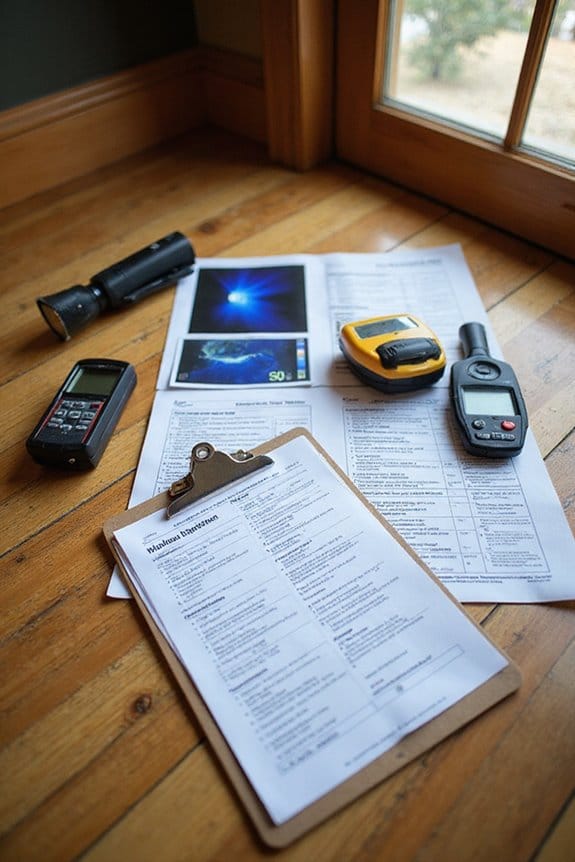
When it comes to inspection reports, clarity and completeness aren’t just nice-to-haves; they’re vital. Here’s why:
- Clear Objectives: It’s important to state the inspection’s purpose upfront. This allows everyone to grasp the context easily.
- Defined Scope: Explicitly outlining what’s covered reduces confusion and aligns with reporting standards.
- Detailed Methodology: A thorough description of procedures guarantees readers understand how findings were reached, meeting stakeholder expectations.
- Comprehensive Content: Including findings, conclusions, and recommendations prevents information gaps that could stall corrective actions.
- Timeliness: Reporting quickly means decisions can be made when they’re most relevant. Furthermore, using tools with high-definition visuals can significantly enhance the quality and clarity of the inspection reports.
Evidence-Based Findings and Support
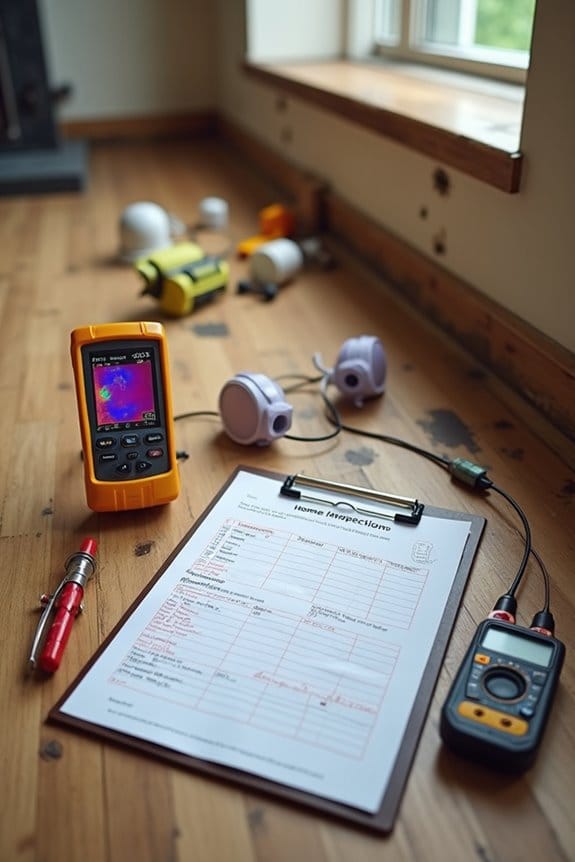
Although it might seem like a straightforward task, crafting evidence-based findings is essential for any inspection report. Here’s what I’ve learned about it:
- Evidence Collection: Always gather sufficient evidence during your inspection. This guarantees your findings are solid and verifiable.
- Findings Analysis: Analyze your evidence thoroughly. Each finding should include the criteria, condition, cause, and effect, tailored to the inspection goals.
- Limitations Disclosure: Don’t forget to disclose any limitations. It helps contextualize your evidence for readers.
- Clarity: Make your findings easy to understand. Use visuals like photos to substantiate issues—trust me, they work wonders.
Structured Format for Effective Communication

To communicate effectively in an inspection report, a structured format is key. Here are a few tips I’ve found helpful:
- Basic Info: Always start with identifying details—date, inspector’s name, and location. It helps with traceability.
- Site Conditions: Summarize overall site conditions early. It gives readers quick context.
- Observations: Use clear descriptions and add photos. Trust me, visuals make understanding easier.
- Corrective Actions: List solutions right after observations to connect issues and fixes.
- Signatures: End with signatures for validation.
Using standardized templates for structured reporting guarantees consistency and reduces errors. When everyone’s on the same page, it makes communication smoother. So, let’s keep it organized and effective!
Integrating Risk and Safety Information
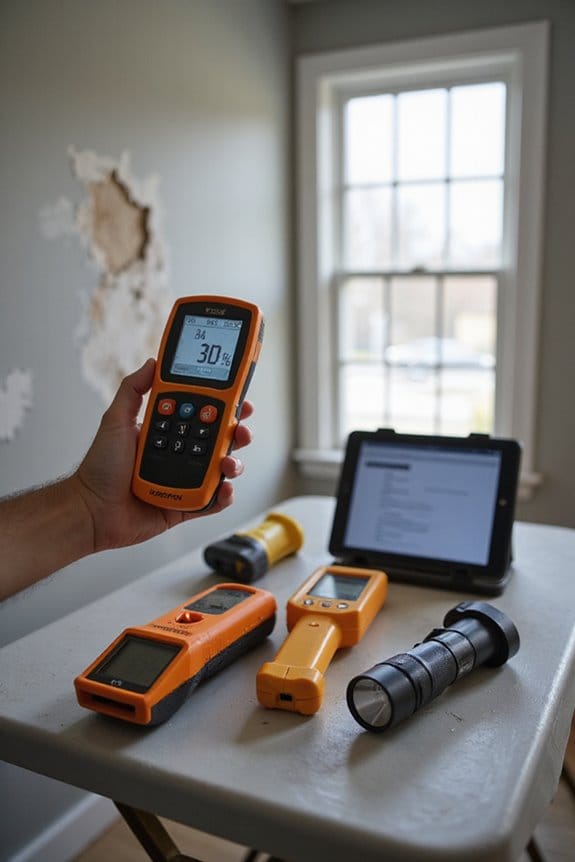
Integrating risk and safety information into inspection reports isn’t just a good idea—it’s essential for effective communication. Here’s why:
- Risk Assessment: Using a risk ranking model helps prioritize inspections. It’s like having a GPS for identifying high-risk areas.
- Visual Cues: Color codes—like red for critical risks—make it easy to spot urgency. Who doesn’t love a quick visual?
- Documentation: Detailed findings linked to specific risks guarantee everyone’s on the same page. It’s not just about what’s wrong but how to fix it.
- Safety Protocols: Incorporating these protocols assures that every inspection considers safety first.
Balancing Detail and Usability

When you think about inspection reports, it’s easy to get lost in the details, but striking the right balance between detail and usability is essential. Here’s how I tackle it:
- Clear Language: I avoid jargon and keep things simple. This boosts user engagement and understanding.
- Essential Detail: I include critical data like location and condition, but only what’s necessary for future reference. Too much detail can overwhelm!
- Structured Format: I use templates for consistency, adding summaries and recommendations to guide readers quickly.
- Visual Aids: Sometimes, a picture is worth a thousand words. It enhances detail retention and clarity.
Ultimately, I aim for reports that are short and sweet, making sure clients can easily digest the information without drowning in technicalities. Regular calibration and maintenance of equipment used for inspections ensures ongoing reliability and accuracy in reporting.
Frequently Asked Questions
How Often Should Inspection Reports Be Updated?
I believe inspection frequency should align with risk assessment and structural conditions. Regular report revisions are essential, especially when issues arise, ensuring we stay proactive in addressing potential hazards and maintaining safety standards.
Who Is Responsible for Implementing Recommendations?
Did you know 70% of recommendations go unimplemented? It’s vital that responsibility delegation happens effectively. Management must guarantee recommendation follow-up occurs, holding accountable those with authority to act on inspection findings for real change.
What Should Be Done if Defects Are Found?
If I find defects, I’ll guarantee a clear defect resolution plan is in place. Follow-up actions will include scheduling inspections to confirm fixes and documenting everything to keep stakeholders informed and aligned throughout the process.
Can Inspection Reports Be Shared Publicly?
Inspection reports aren’t meant for public access due to report confidentiality. I can’t share them without the client’s consent. It’s vital to respect privacy and legal boundaries when handling sensitive inspection findings.
How to Handle Disagreements on Findings?
When it comes to handling disagreements on findings, I’ve found effective dispute resolution relies on clear communication strategies. Document everything, engage in dialogue, and consider mediation to foster understanding and reach a mutually acceptable solution.





